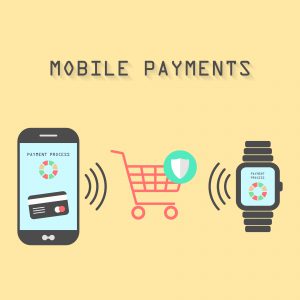
Apple Pay was recently announced by Apple to allow consumers to make payments directly from their phones. While mobile wallets have been around for years, this seems to represent a game change, given the proliferation of iPhones and already-stored iTunes credit and debit cards.
Apple Pay is set up to work through near-field communication (NFC) to send radio signals to enable terminals at the cash registers of a number of large retailers. This is actually the same
approach taken by Google Wallet to get the card and payment information over to the terminal, however, merchants (and therefore consumers) have been slow to adopt.
The adoption question remains, is swiping a piece of plastic ready to be overtaken by waving a phone? The sheer number of iPhones being produced and used will likely begin to reduce reliance on credit and debit cards. Starting in just the U.S., the initial rollout will be a fascinating experiment for consumers who are looking for convenience and security.
Apple’s security promises are impressive. The card data on the phone will be stored in a special-ized “secure element” within the iPhone 6, and when transactions take place, the account number transmitted will not be the actual number from the front of the card. Instead, it will be a one-time token to stop hackers who might get access to the transaction data.
We’re interested in seeing if this technology can provide consumer convenience, and indeed de-liver on the promise of letting customers leave their wallets at home.
With questions regarding securing your business in the age of Apple Pay, or how to stay current in this digital age, please contact us on the web at www.superiortechnology.com or call us at 845-735-3555.
Comments are closed.
